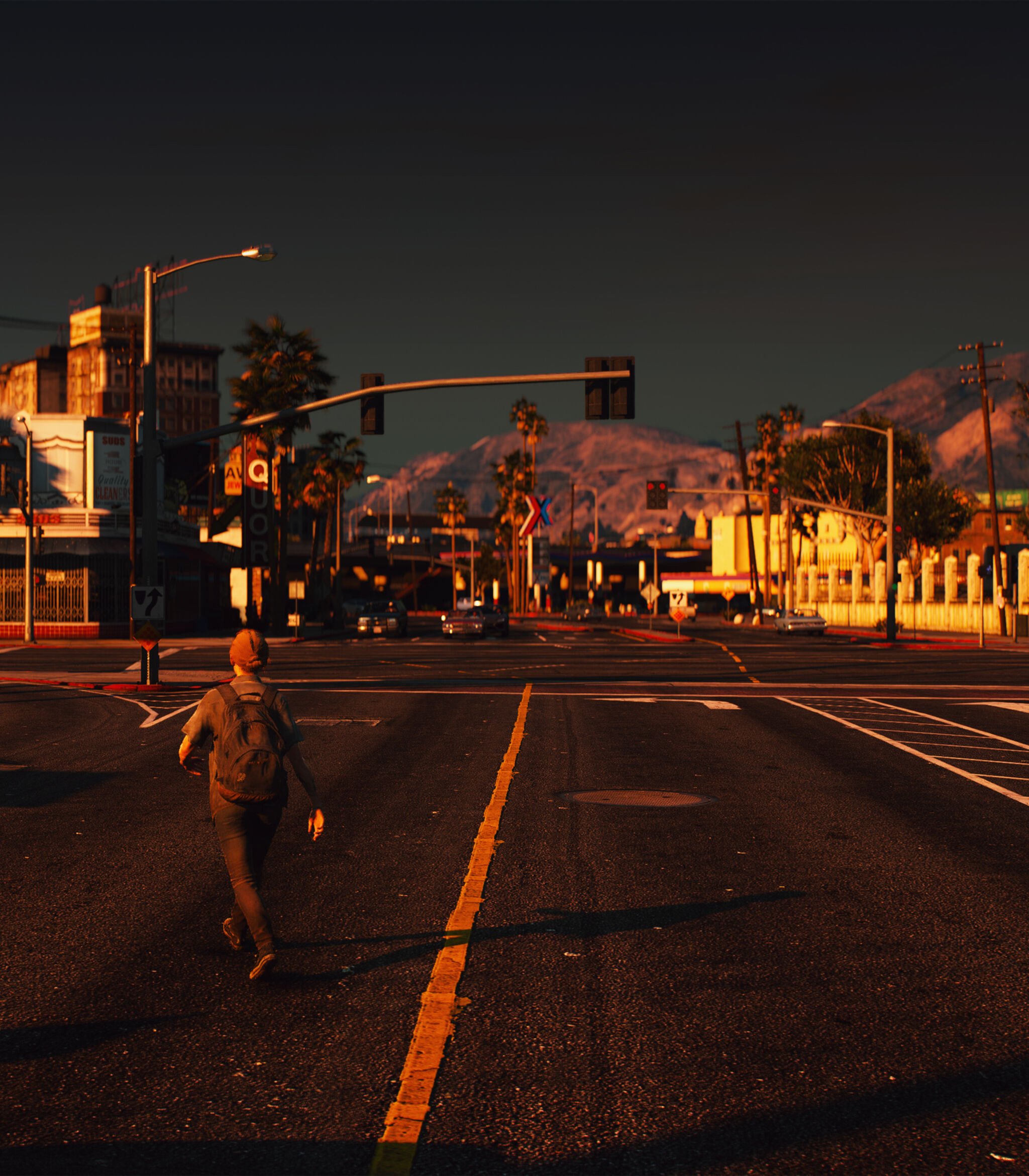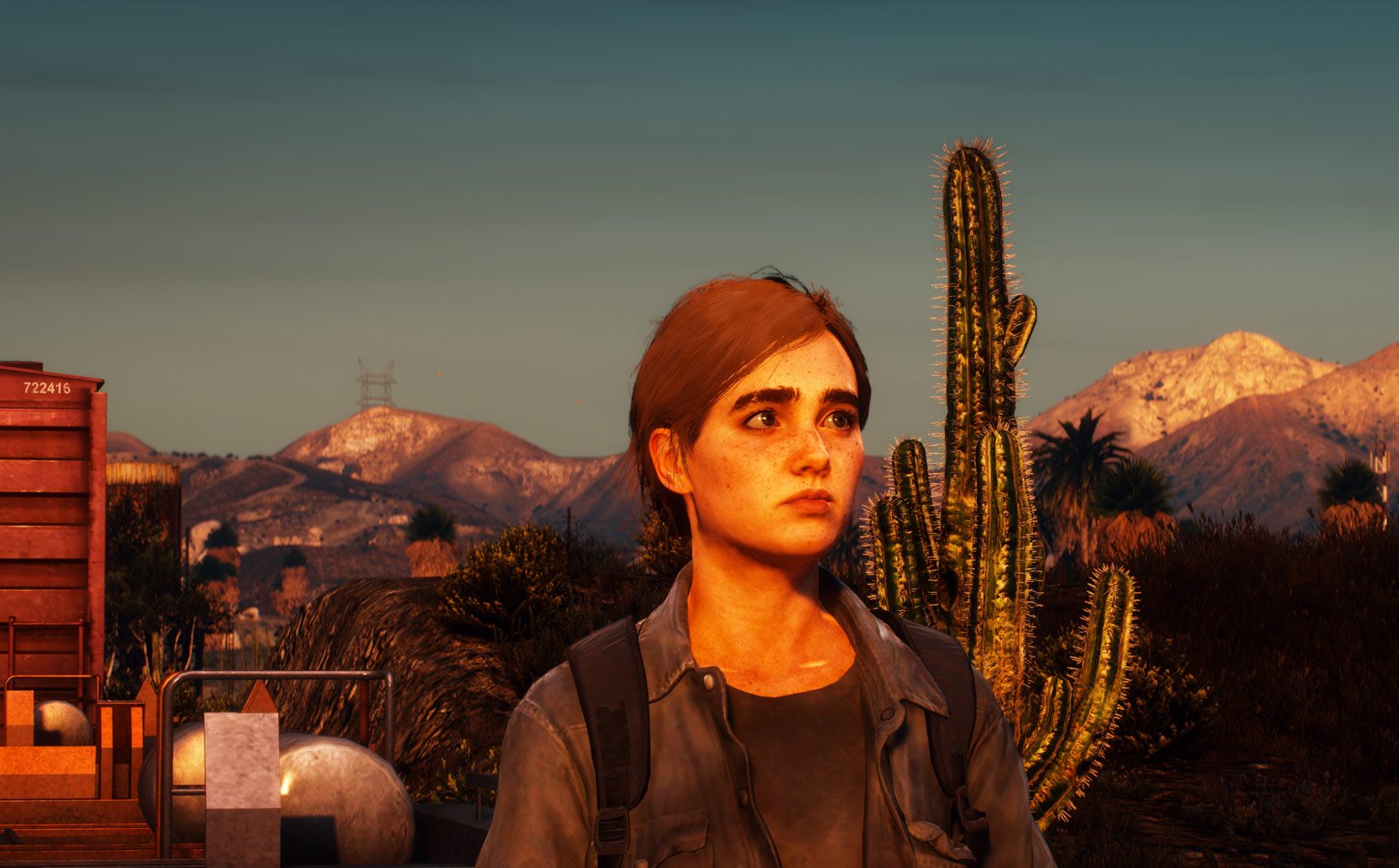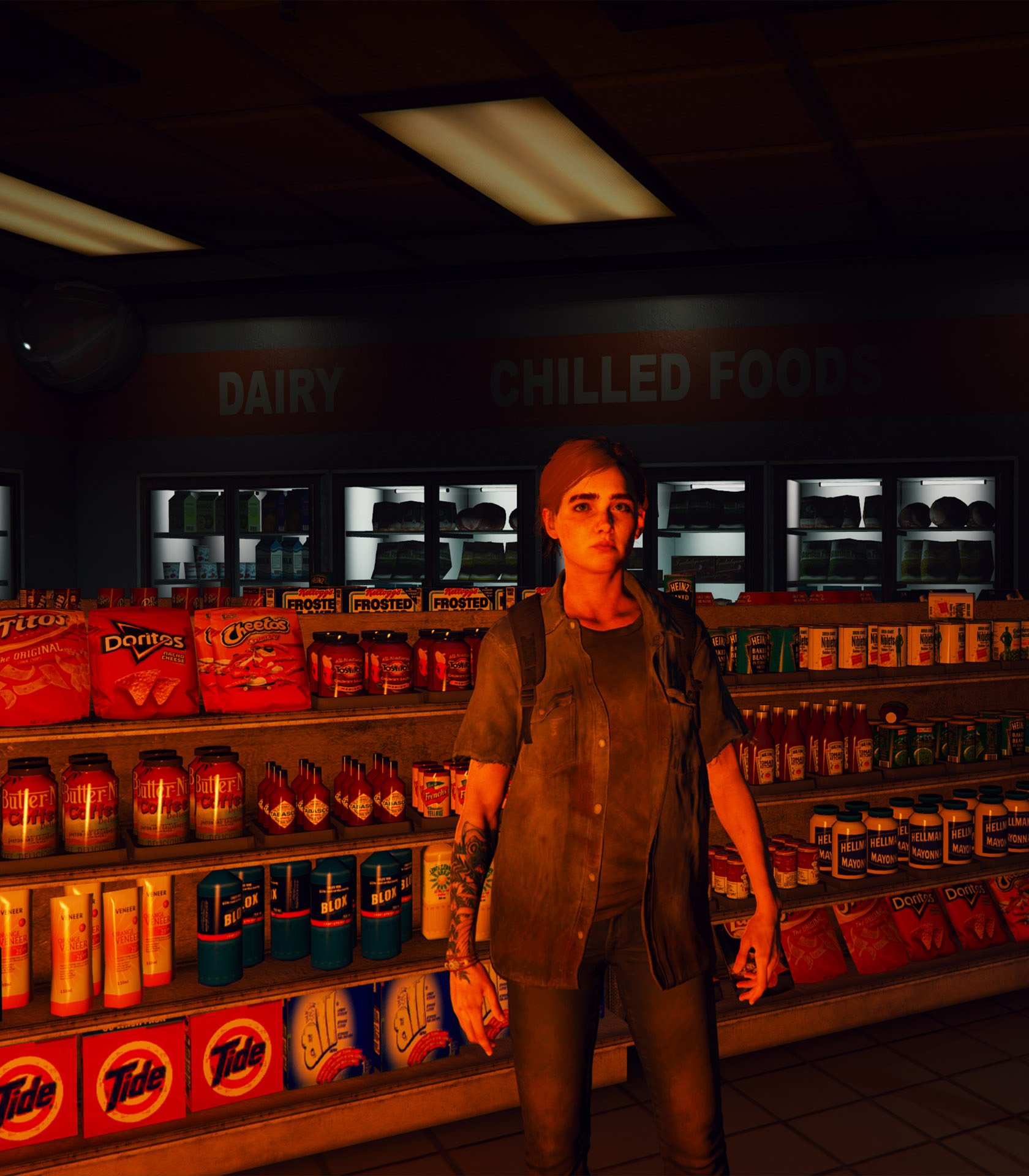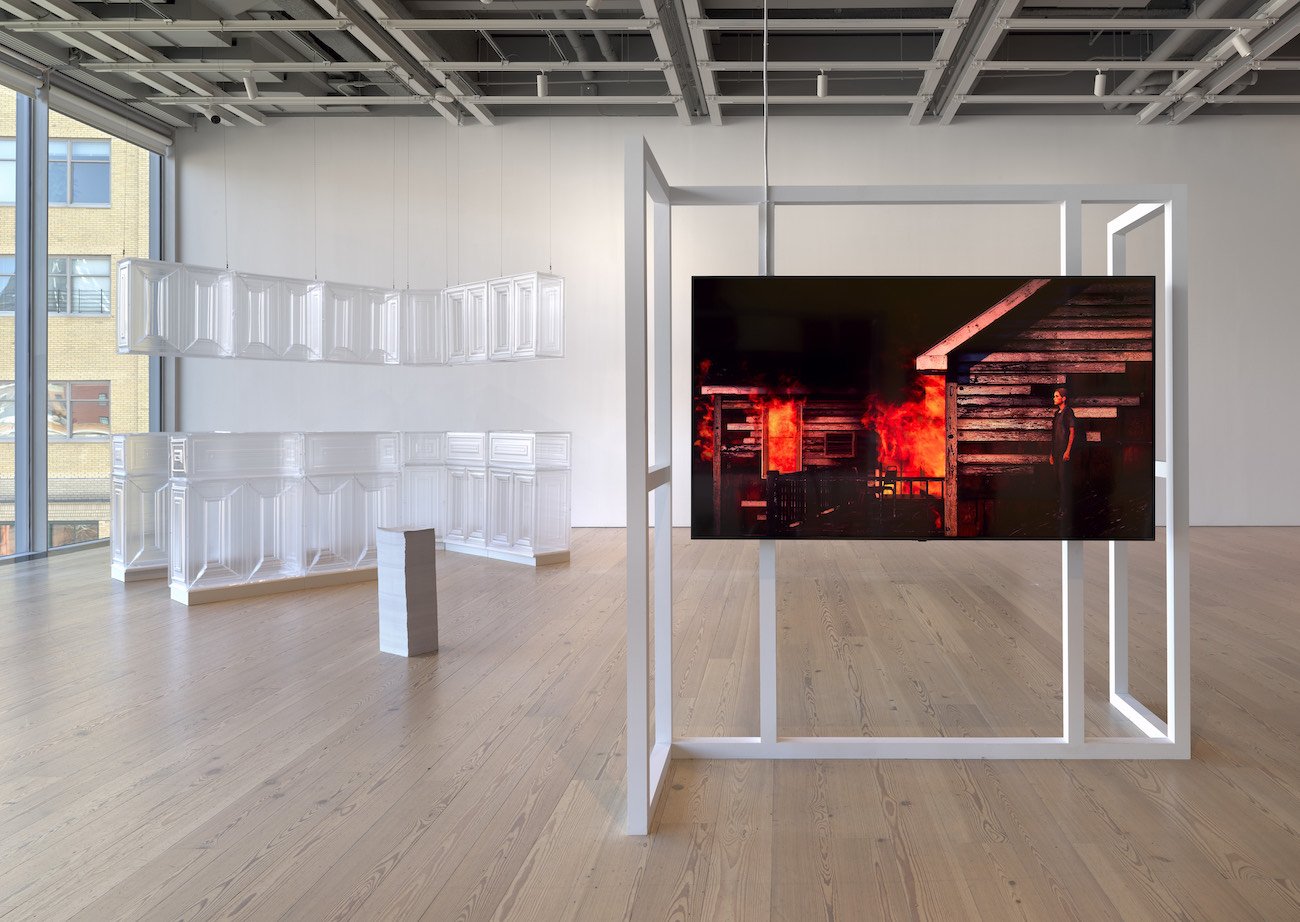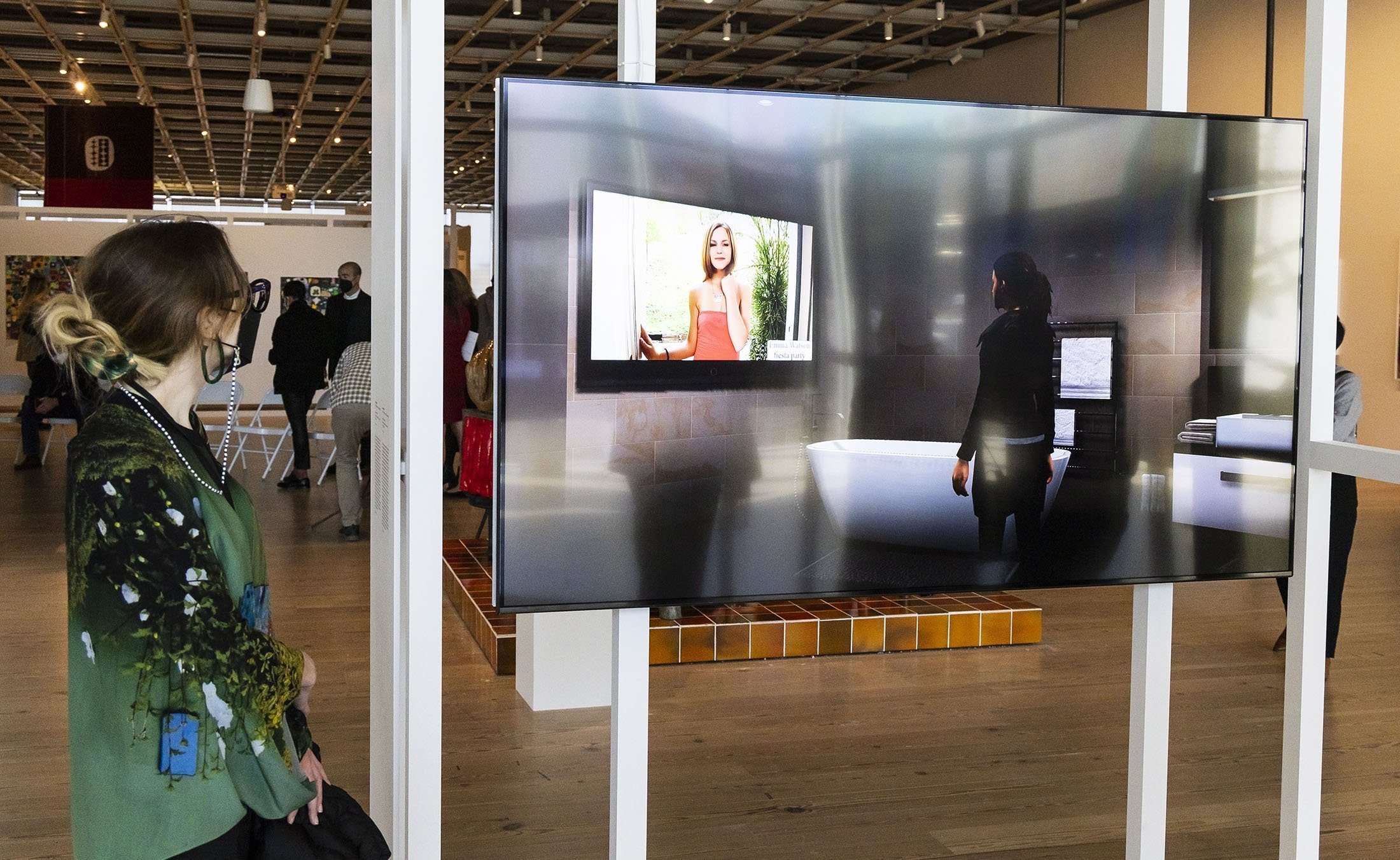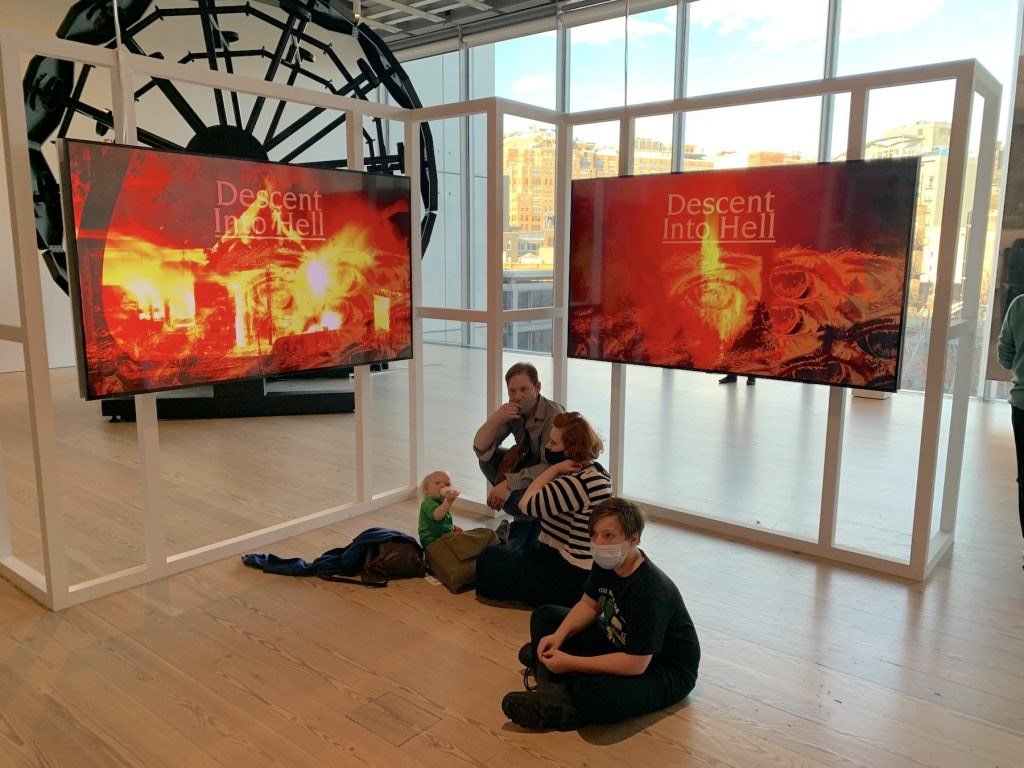Seeing/Writing about Films (Fall 2022)
October 1st, 2022: New Negress Black Women Film Conference 2022
I was planning to go to the event in person but decided to stay home. Thankfully they were streaming the discussions between films live on YouTube, and I found 2/3 of the screened film online.
Gessica Généus’ Freda (2021)
I didn't watch this film but was very intrigued by the filmmaker describing her process.
Généus said that she wanted to make something that depicted present Haiti, politically and socially. Something to personally represent her life, the women she grew up with, and the daily lives of people living in this place. She was writing this film in 2019 while living in Hati during political lockdowns.
Généus said that making a documentary, Douvan jou ka leve (The Sun Will Rise), before Freda prepared her for the style and production of this fictional film.
It was important for Généus to not be voyeuristic or ethnographic with a French crew: foreigners invading this space. The Haitian crew lived in this place every day, dangerous or not. It was their reality with no privilege of leaving because the film was wrapped. Généus describes that the community where they were filming became a family. They were the eyes and ears and protection during the civil unrest, and it took a village to make the film possible.
Généus said she had drivers pick up people in the community who helped during filming to a screening at a farther safer location. She said that it’s hard to not have answers or solutions for these problems and local conditions. There’s no happy ending. But it was important to create a safe space when touring the film around Hati.
Généus said that distribution and streaming have been tricky, but that distributors want to put out DVDs ("I know it sounds so old to say that," she says. They're in the process of putting together a US tour, especially in Black and Haitian communities. Criterion wants to buy the film, even though it’s not the most accessible streaming platform, Généus says.
I Am Somebody by Madeline Anderson (1970)
I'd never heard of Madeline Anderson but she joined the conference via Zoom. She's recognized as the first African American woman to direct a documentary film, and the first to executive produce a nationally aired television series. She said she taught herself filmmaking by going to lectures, museums, equipment rental houses, anything she could find. She's 94 years old and it was amazing to hear her talk about work.
I Am Somebody is an observational documentary about a Black hospital workers' 1969 strike in Charleston, South Carolina. It was inducted into the Library of Congress in 2019.
I enjoyed this documentary for it's short length, narration, interviews, and observational footage. It's incredible that Anderson was able to document these protests on film as permanent proof. We see black women peacefully walking with signs, asking for living wages, only to be attacked by police. Through interviews, the women speak about being too stretched thin and overworked for insulting wages, struggling to care for their children. They address the racial wage gap and ask for fair treatment like their white counterparts.
Anderson says that it was important for a woman to narrate the film, "not because a man could not understand it, but because I wanted to the women to use their words, and to express the sisterhood, and the way that they stood together, against forces that were beyond understanding."
In the film are interviews with politicians and speakers like Coretta Scott King that paint a round picture of the events in Charleston in the fight with these hospital workers.
Through the Night by Loira Limbal (2020)
This film has been on my watchlist and I’m thankful it’s now a part of PBS’ POV and funded by public media.
I think this film is really important to watch, and brilliantly paired next to Madeline Anderson’s I Am Somebody. It’s sad to face the realities and problems of poverty and working mothers because the problems there have always existed.
This film focuses on childcare, which not everyone has experience with, but I think everyone can empathize with it. An extremely successful observational documentary that never feels intrusive. I often thought about how I’d never seen Black people or Black children depicted in this way. Very simply and mundane that reflects my memories, but nothing I’d seen on screen before. There’s a lot of beauty in joy among the crushing struggle to survive and provide.
The director Loira Limbal realized this is her first time screening the film in a theater. Since its release in 2020, there have been virtual film festival screenings and outdoor screenings, but she said she could hear new things in the sound mix and listen to the audience's reactions which was a new experience.
September 30th, 2022: Museum of Moving Image
Masaaki Yuasa’s Mind Game (2004)
I’ve never been to the Museum of Moving Image before, but my friend suggested going sometime as they have a new exhibition on the animation studio that made Coraline and Boxtrolls.
I saw that they have a lot of film screenings, of films that have already been released or came out years ago. In their World of Animation series they had two Japanese films that looked really interesting. I picked Mind Game (2004) because I couldn’t find it anywhere online so I thought it’d be worth watching in a theatre. (The day before going, I saw that it was a Mubi but I’m still glad I saw it in person.) The museum was also screening Inu-oh (2022).
I’m now noticing that Mind Game’s two screenings were at night and Inu-Oh’s screenings in the afternoon. I thought that was strange since Inu-Oh was released this August and an afternoon screening might be less popular. But now I’m thinking it’s because Mind Game’s not rated but intended for mature audiences, and Inu-Oh’s PG-13.
My attraction to animation is that it’s cool and colorful and reminiscent of childhood. I’ve never given thought to the scheduling of content in a theater within a museum that appeals to both families with children, and adults.
Mind Game was a really interesting watch. It and Inu-Oh are directed by Masaaki Yuasa who’s, upon googling him, films I’ve had on my watchlist for a while. A good amount of them are on HBO Max and distributed by GKids which has distributed many Studio Ghibli films in the US.
I gravitated towards Mind Game for its eccentric mix of styles. I had no idea what the plot was going into it, and although there are many moments that made me uncomfortable, likely due to it being released 18 years ago, it was really well made. It deals with themes of death and isolation that work well with delirious intermissions of the character’s psychotic breaks. I can’t think of many other movies with the 2D/3D feel to them other than We Met in Virtual Reality. I think they both have a familiar awkwardness and technology is very visible in their styles.
September 30th, 2022: Someday Gallery
Adam Khalil and Bayley Sweitzer’s Nosferasta: First Bite (2021)
August 5th, 2022: Whitney Biennial
Jacky Connolly’s Descent into Hell (2022)
I’m always fascinated by multiscreen video installations and Jacky Connolly’s ‘Descent into Hell’ caught my attention the most. I wasn’t sure what I was seeing but it looked familiar.
It was interesting trying to watch these videos while unable to view all 4 screens simultaneously. Sometimes the screens mirrored each other, but other times they were each different.
I stood across from another viewer, our eyes flickering left to right to catch all the “action.” We stood across from each other in the “corners” between each screen so as to not obscure the other’s view. I wonder what it’d be like to stand in the center of this box. If I’d see more or less than where I was now, sharing the viewing space with another.
All the pieces on this floor of the Whitney require a 360° or 180° viewing. I appreciate the curator’s gift of space: allowing each museum patron to walk around slowly as many times as desired, without awkward stumbling. ‘Descent into Hell’s space felt more like a give-and-take relationship between each viewer and each screen.
From far away, the videos look like live action, but upon closer inspection, it wasn’t. But what was it? 3D animation? A video game? What was the purpose? Who are these characters? Where are they going and what’s their goal? Am I supposed to be them?
In my personal life, while walking down the street or in throughout the mall, I often say, “This feels like I’m in GTA.” A surreal first, second, and third point of view. Seeing myself and seeing outside of myself. Observing and deciding as if I was holding a controller, turning the camera, and deciding where to walk.
I didn’t know anything about this piece when I watched it in the museum for a couple of moments. Discovering that the artist’s intentions and process paralleled what I was thinking was really cool. I personally love simulation games, especially relaxing ones, compared to Grand Theft Audio. I find GTA for the story and goal achievements. But the violence, gore, and overall aggression feel more realistic than the surreal leisurely stroll. Maybe because the overstimulation is immersive and grounding. The mundane, as Connolly breaks down in detail, feel adrift and “amnesic”, as the Whitney describes.
I’m looking forward to researching other works of Jacky Connolly. Especially ones that use The Sims, my favorite game, in museum space as concrete art. She also graduated from Pratt in 2016 with an MFA in Digital Art and an MSc in Library and Information Science (the latter I’m considering doing as well.)
